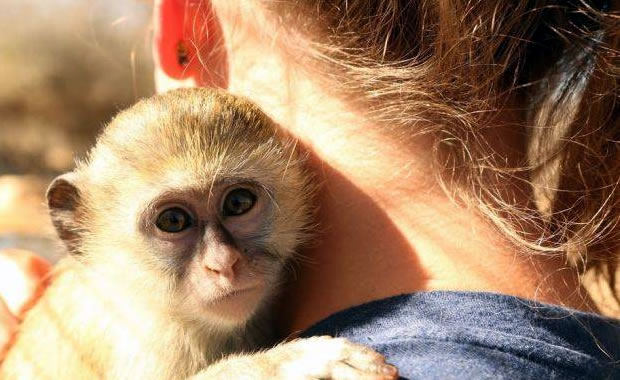
Manus Island Tree Snail
|
|
Advertisement
|
Creature Profile
The Manus Island tree snail is only found on Manus Island of Papua New Guinea. It is also called the emerald green snail or "forest jewel" because of its beautiful green shell. Snails are mollusks that have coiled or spiral shells covering their soft bodies, and the shells get bigger toward the opening as they grow. Tree snails move very slowly by alternating body contractions with stretching. Their bodies produce mucus that reduces friction on the surfaces allowing movement. When snails retract into their shells, they secrete mucus that dries to secure the entrance of the shell and to prevent it from drying out in dry months.
The Manus Island tree snail prefers a humid, rainforest environment. The constant humidity allows it to breed several times a year and helps to prevent its shell from drying out. These snails prefer to remain high up in the trees where food is plentiful and to avoid being drowned or washed away during heavy rainfall, or predation by animals on the forest floor. Diet consists mainly of detritus or fungi and lichens that grow on the trees. All snails are "hermaphrodites," possessing both male and female reproductive organs, but they still need to find another snail to mate with. When the mating pair meets, one snail pierces the skin of the other snail with a calcified "love dart." The exact purpose of this is not fully understood but it seems to stimulate the other snail into exchanging small packets of sperm. After mating is complete the snails will produce eggs internally, which are fertilized by the sperm that has been exchanged. Both adult male and female give birth, and they give birth to live young.
This species is threatened by habitat destruction due to logging, predation by introduced animals, and capture and collection by humans for jewelry. No known conservation measures have been implemented to preserve the species.
Wikipedia Article

|
Wikipedia Article Copyright Notice: This article is licensed under the GNU Free Documentation License. It uses material from the Wikipedia article "Emerald green snail". |
May 9, 2017
Glenn, C. R. 2006. "Earth's Endangered Creatures - Manus Island Tree Snail Facts" (Online). Accessed 7/26/2024 at http://earthsendangered.com/profile.asp?sp=426&ID=4.
Need more Manus Island Tree Snail facts?



